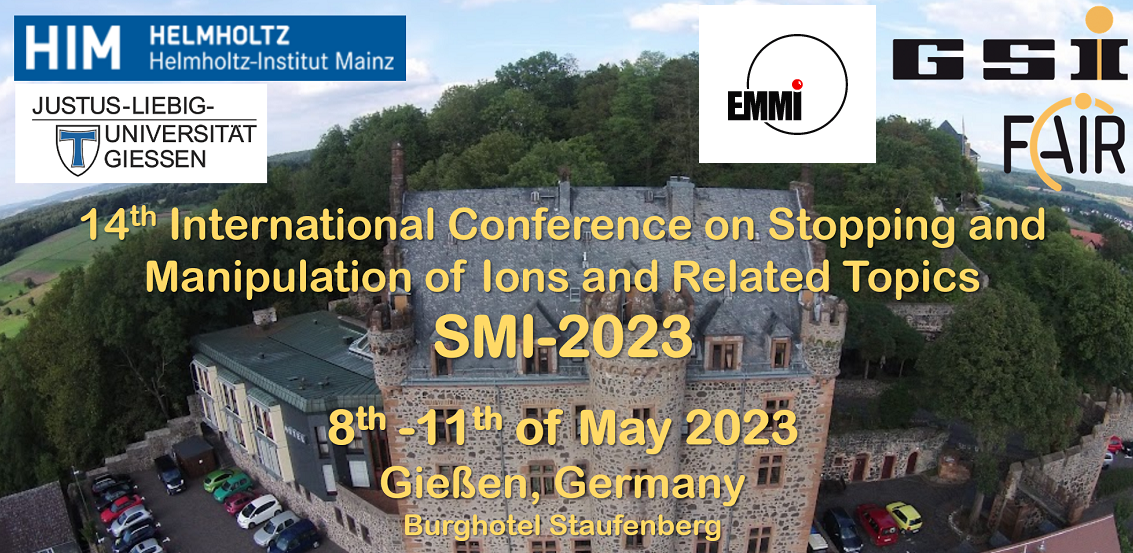Sprecher
Beschreibung
The ZD MRTOF system at RIKEN BigRIPS is a new high-precision multi-reflection time-of-flight (MRTOF) mass spectrograph for low-energy radionuclides, which is located downstream of the ZeroDegree spectrometer. A novel helium-filled gas-catcher cell based on radiofrequency (RF) ion guides has been developed to thermalize and transport radioisotopes (RIs) produced via in-flight fission and fragmentation at relativistic energies [1]. The stopped RI ions were extracted from the gas cell as atomic or molecular ions and transported to the MRTOF mass spectrograph [2,3] for direct mass measurements with high resolving power. The first online commissioning experiment was performed in winter 2020. During the commissioning, many atomic masses were measured in a series of parasitic experiments, which provides valuable input for nuclear astrophysics and nuclear structure studies [3]. In this contribution, we would like to report the mass measurement results of $^{111,113}$Ag, $^{111-113}Pd, $^{111,113}$Rh, $^{111-113}$Ru, and $^{111,112}$Mo. We have obtained a good agreement with the previously known data (AME2020), and have achieved the first mass measurement of the isotope $^{112}Mo. Based on the systematics of two-neutron separation energies(S$_{2n$}) around N = 70, we discuss our results in the context of the sudden onset of nuclear deformation in this region visible by S2n values, which maximizes for Sr, Y, and Zr isotopes [4]. Furthermore, we compare our data with global mass models and present new results from a Bayesian machine-learning approach.
References
[1] M. Wada et al., Nucl. Instrum. Methods Phys. Res. B. 204, 570 (2003).
[2] H. Wollnik and M. Przewloka, Int. J. Mass Spectrom. Ion Proc., 96, 267 (1990).
[3] M. Rosenbusch et al., Nucl. Instrum. Methods Phys. Res. A 1047, 167824 (2023).
[4] S. Naimi et al., Phys. Rev. Lett. 105, 032502 (2010).

